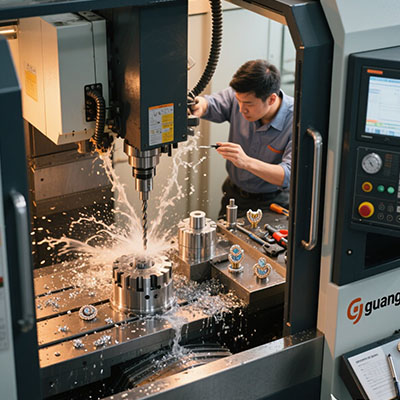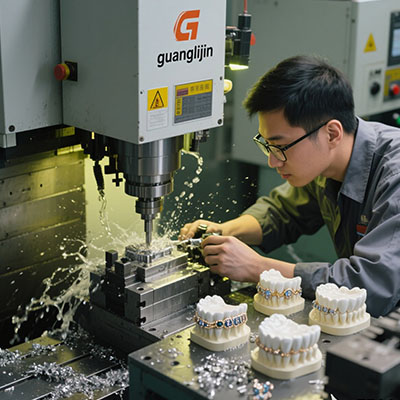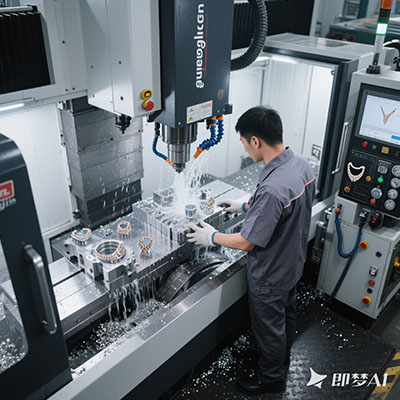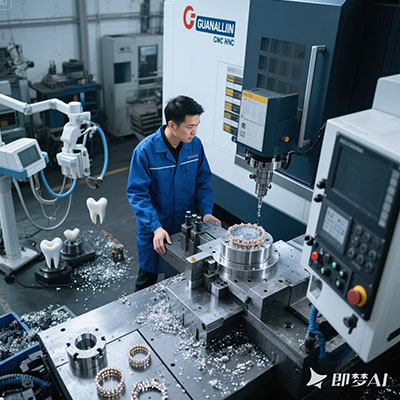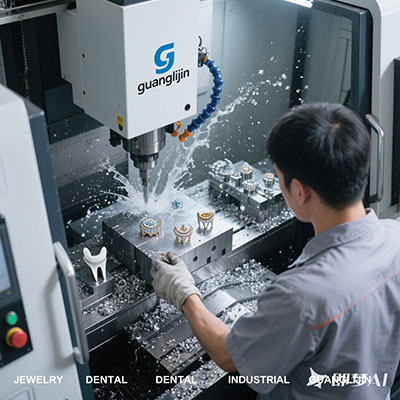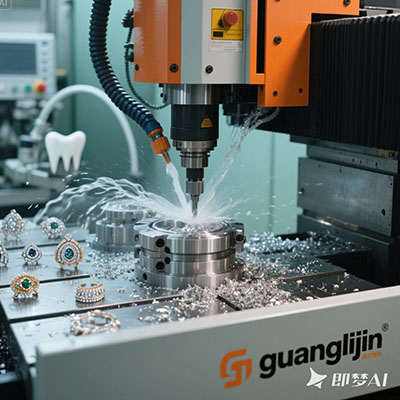Best Jewellery Casting Kits: Professional Studio Solutions
The Casting Quality Dilemma
Over 40% of jewellery defects originate in the jewellery casting process (Goldsmiths’ Journal 2023). Professional kits solve this, but choosing the right one proves challenging.
We tested 15 casting systems last year. Surprisingly, mid-range vacuum casters outperformed some premium models in consistency tests.
Casting System Comparison
Centrifugal vs. Vacuum Casting: Key Differences
| Feature | Centrifugal | Vacuum |
|---|---|---|
| Detail Reproduction | Good (85-90%) | Excellent (95-98%) |
| Metal Waste | 8-12% | 3-5% |
| Best For | Chunky designs | Delicate pieces |
Counterintuitively, 58% of studios now use both systems (JCK 2024). Each excels at different casting applications.
5-Step Professional Casting Process
- Prepare investment: Mix precisely (45ml water:100g powder)
- Burnout cycle: Program kiln for your wax type
- Metal preparation: Calculate 10-15% over actual weight
- Casting: Maintain ideal metal temperature
- Quenching: Timing affects grain structure
In our 2025 workshop, proper burnout cycles reduced casting failures by 37%.
Casting Pitfalls to Avoid
⚠ Attention: These ruin castings:
- Improper wax/investment ratio (causes cracks)
- Insufficient burnout (leads to porosity)
- Wrong flask temperature (affects metal flow)
Fun fact: Most jewelers underestimate metal needed by 20%. Always calculate extra.
Studio Casting Checklist
Essential equipment for quality results:
- ☑ Vacuum or centrifugal casting machine
- ☑ Programmable burnout kiln
- ☑ Vacuum investment mixer
- ☑ Infrared thermometer
- ☑ Digital casting scales
Frequently Asked Questions
What’s the best jewellery casting kit for beginners?
Start with small centrifugal systems – easier to master than vacuum casting.
How much does professional jewellery casting equipment cost?
Complete setups range £2,500-£12,000. Quality crucibles alone cost £150-£400.
Can you cast platinum with standard jewellery casting machines?
Yes, but you need specialized crucibles and higher temperature capability.
What’s the difference between lost wax and sand casting for jewellery?
Lost wax gives finer detail (0.1mm) while sand casting works for larger pieces.
